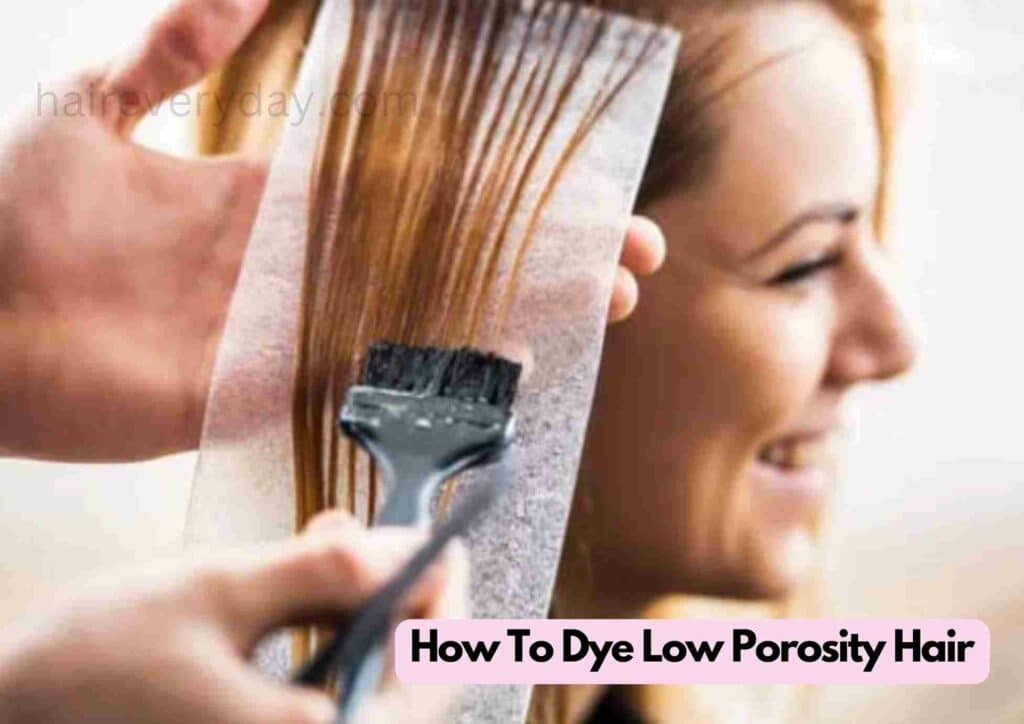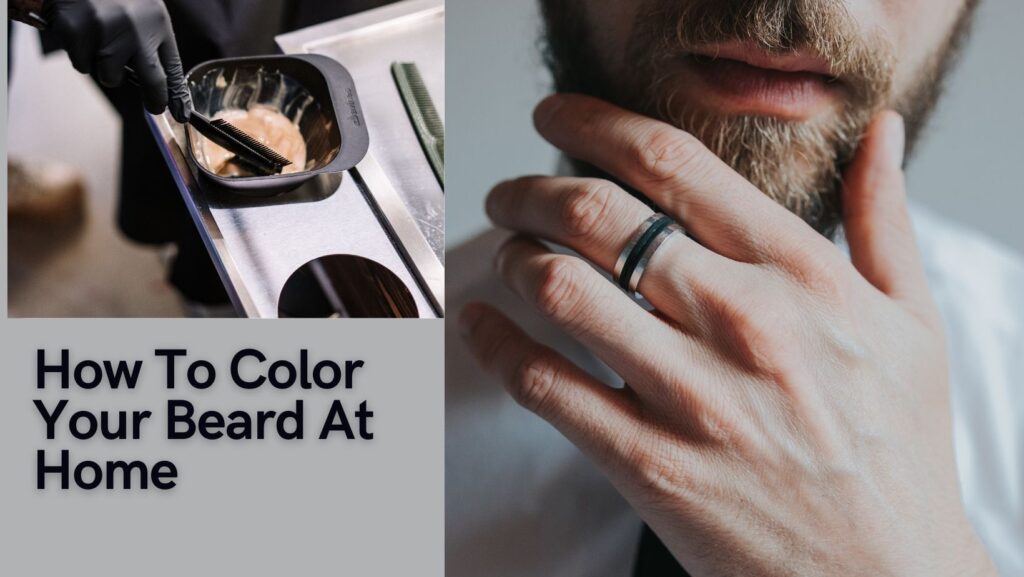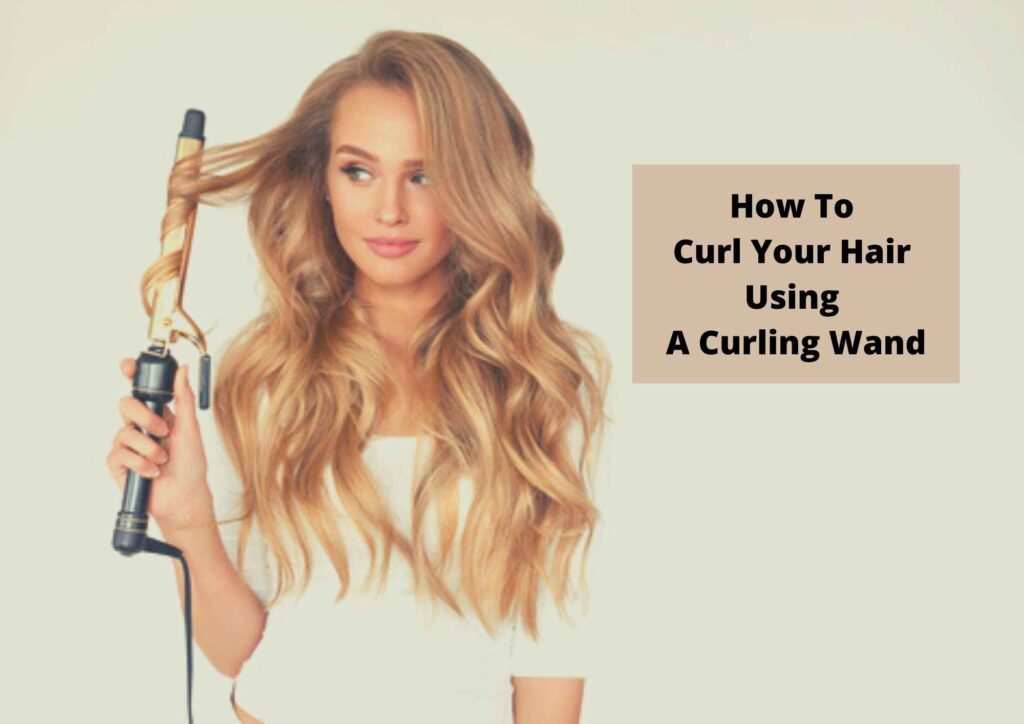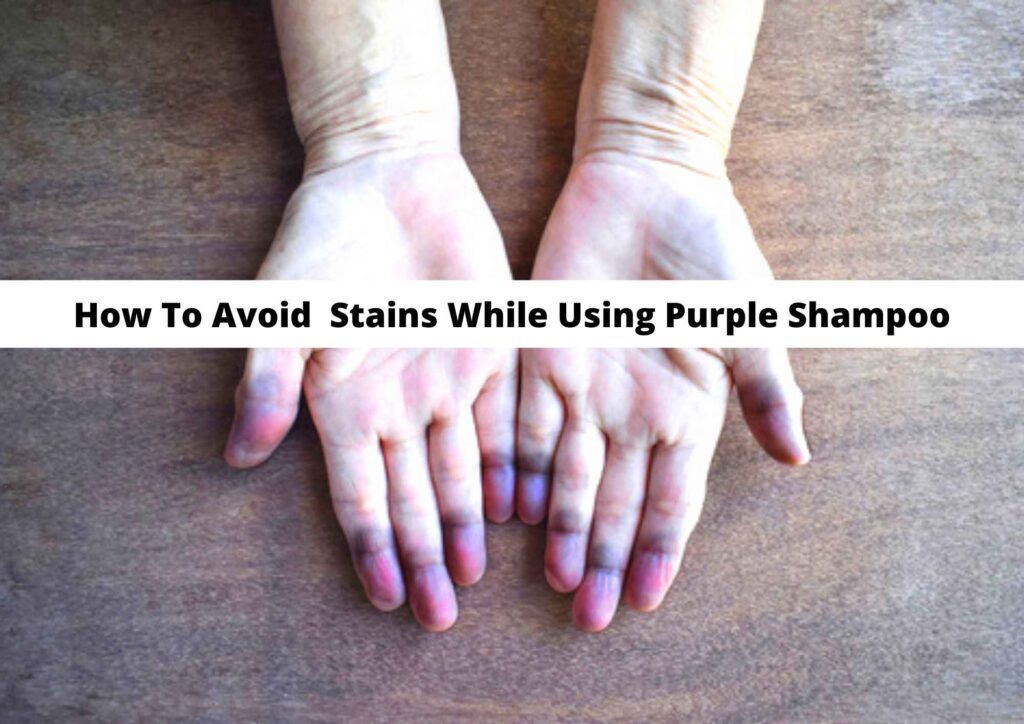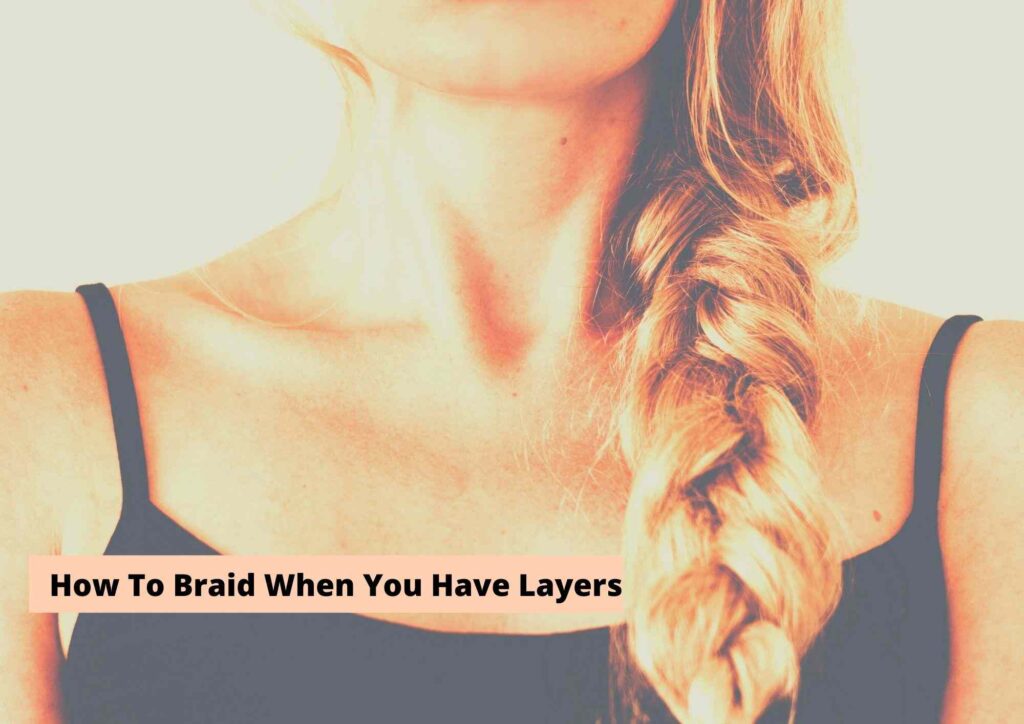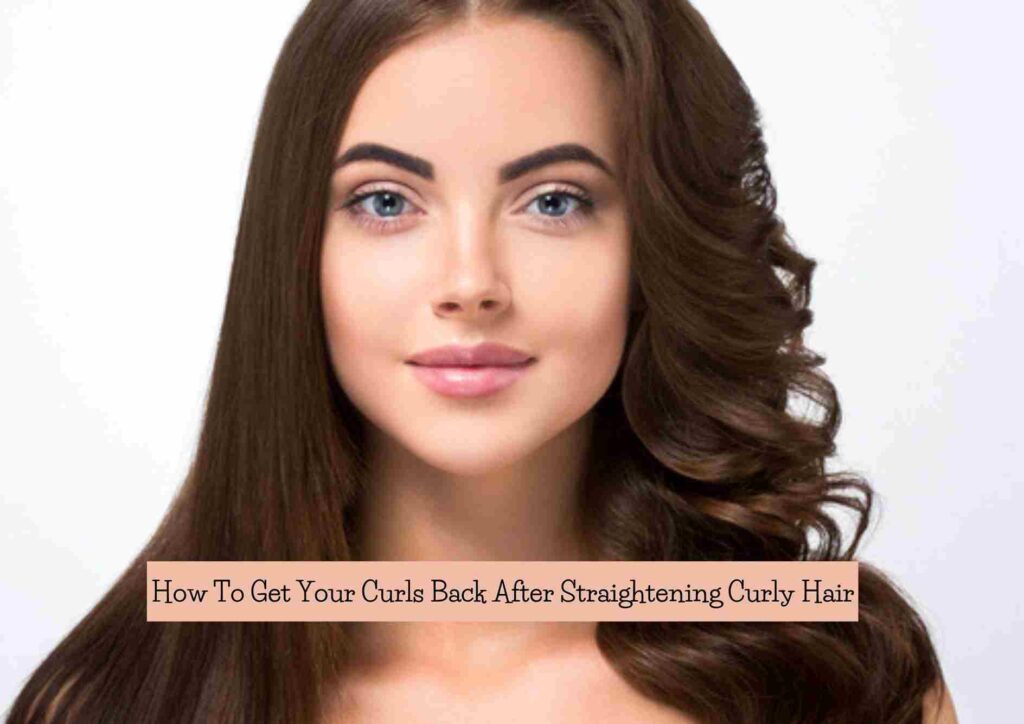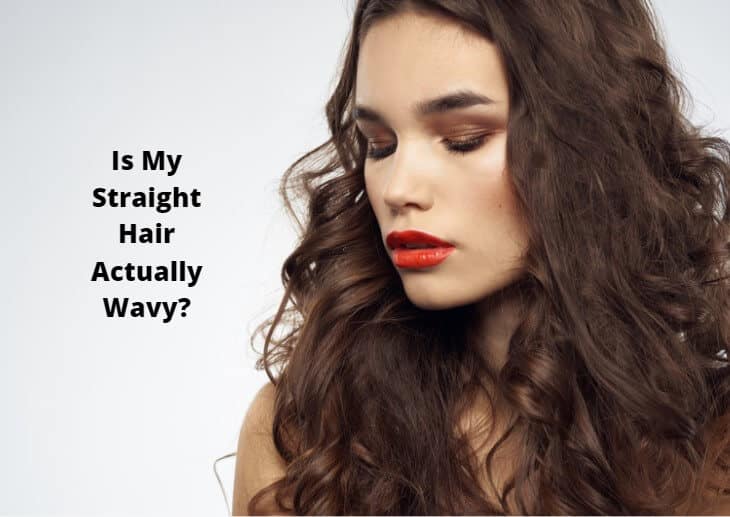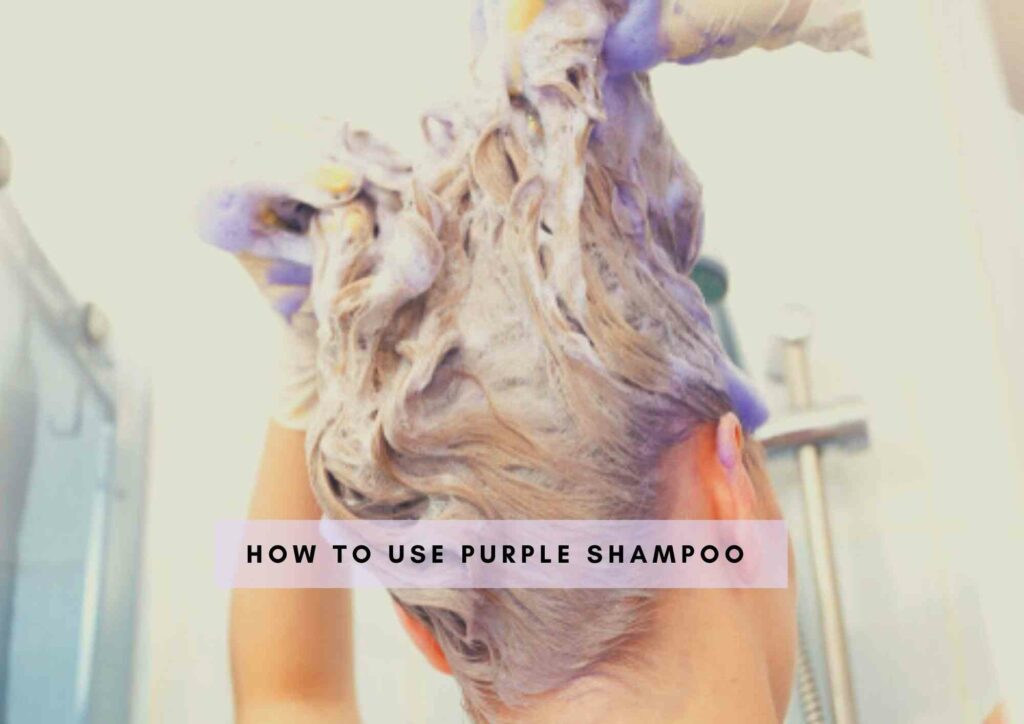If you’re wondering, “How To Dye Low Porosity Hair” check out my article below to know how to increase hair porosity to make it take color better and how to cover greys easily if your hair is non porous.
If you have low porosity hair, you know just how frustrating it can be to dye it. You might have tried numerous times, only to end up with a disappointing result. But fear not, because there are ways to successfully dye low porosity hair, and we’re here to tell you how.
Low porosity hair refers to hair that has tightly closed cuticles that prevent moisture from entering and exiting the hair shaft. As a result, it can be difficult for dye to penetrate the hair and fully take hold.
This can lead to uneven color and patchy results. But don’t let that discourage you. With the right techniques and products, you can achieve beautiful, vibrant hair color that will leave you feeling confident and happy with your hair.
In this article, I will go over everything you need to know about how to dye low porosity hair and achieve the perfect shade you’ve been dreaming of.
How To Dye Low Porosity Hair
Are you tired of struggling to dye your low porosity hair? Fear not, we have got you covered. Follow these 8 steps to achieve perfectly dyed hair without damaging your locks.
1. Clarify your hair with a clarifying shampoo to remove any buildup or residue and open up your cuticles for the dye to penetrate.
2. Deep condition your hair to lock in moisture and ensure that your hair can absorb the dye better.
3. Apply a leave-in conditioner to your hair to provide additional moisture and protect your hair from any damage caused by the dye.
4. Section your hair to ensure that every strand is coated with the dye evenly. Start from the roots and work your way down to the tips.
5. Use a hair dye developer with a low volume to prevent any damage to your hair. Leave the dye on for the recommended time.
6. Rinse your hair thoroughly with lukewarm water to remove any excess dye and avoid drying out your hair.
7. Apply a deep conditioner to your hair and let it sit for at least 10 minutes to provide your hair with the necessary nourishment and moisture.
8. Rinse your hair with cool water to seal the cuticles and prevent any moisture loss. Style your hair as desired and enjoy your newly dyed locks!
Remember, low porosity hair can be tricky to dye, but with these steps, you can achieve the perfect hue without damaging your hair. Happy dyeing!
Tips For Making Low Porosity Hair Take Color Better

If your hair has low porosity, you might find it difficult to dye it. The reason for this is that low porosity hair has tightly closed cuticles, which makes it difficult for color to penetrate the hair shaft. But fear not! There are a few things you can do to make your low porosity hair take color better.
One tip is to use a clarifying shampoo before dying your hair. This will help to remove any buildup or product residue from your hair, allowing the color to be absorbed better. You can also consider using a deep conditioning treatment before dying to help open up the hair cuticle, allowing for better color penetration.

Another tip is to apply heat when dying your hair. Heat helps to open up the hair cuticle, making it easier for the color to be absorbed. You can use a hair dryer on a low setting or wear a shower cap while the color is processing to trap in heat.
It’s also important to choose the right type of hair dye for low porosity hair. Look for a dye that is specifically formulated for low porosity hair or one that contains a higher volume developer. This will help the color penetrate the hair better.

Lastly, consider using a vinegar rinse after dying your hair. This will help to balance the pH of your hair and close the cuticle, sealing in the color.
By following these tips, you can help your low porosity hair take color better and achieve the vibrant, beautiful hair you’ve always wanted.

Do You Need Developer To Dye Low Porosity Hair

Are you wondering if you need a developer when dyeing your low porosity hair? The short answer is yes. Although low porosity hair may seem resistant to color due to its tightly packed cuticles, adding a developer to your dye mixture can help the color penetrate the hair shaft and achieve your desired shade.
Developers come in different strengths, usually measured in volumes. A 10 volume developer is the weakest and is suitable for deposit-only color or to slightly lighten hair. A 20 volume developer is the most commonly used and can lift hair up to two levels. Finally, a 30 or 40 volume developer is used for more drastic lightening.
When dyeing low porosity hair, it is crucial to not only choose the right developer strength but also the right dye formula. Look for dyes made specifically for low porosity hair or those that are formulated with lower pH levels to help open up the hair cuticles and allow the color to penetrate.
It is also essential to prepare your hair properly before dyeing. Deep conditioning treatments and regular use of clarifying shampoos can help clear up any product buildup on your hair and open up the cuticles, making it easier for the dye to penetrate.
In conclusion, adding a developer to your dye mixture is necessary when dyeing low porosity hair. Choose the right developer strength, dye formula, and prepare your hair before the process for the best results.
Will Steaming Hair Before Dyeing Make It Take Color Better
As someone with low porosity hair, you may have experienced difficulty getting your hair to take color. One popular suggestion for combating this issue is to steam your hair before dyeing it. But does this hack actually work?
The short answer is yes, steaming your hair before dyeing it can help the color penetrate better. When you steam your hair, the warm and moist environment helps to open up the hair cuticles, which allows the hair to better absorb the dye.
This is especially important for those with low porosity hair, whose cuticles are naturally tightly sealed and more difficult to penetrate.
There are a few different ways to steam your hair before dyeing it. One option is to use a hair steamer, which delivers a steady stream of warm mist directly onto your hair. Another option is to wrap your hair in a warm, damp towel and let it sit for about 30 minutes. You can also try using a plastic processing cap and sitting under a hooded dryer for added heat.
However, it’s important to note that steaming your hair before dyeing it is not a guarantee of successful color uptake. Your hair’s porosity is just one factor that can affect how well your hair absorbs the dye. It’s also important to choose the right dye formula and follow all dye application instructions carefully.
So, if you’re struggling to get your low porosity hair to take color, steaming your hair before dyeing it is definitely worth a try. It’s a simple and natural way to help your hair better absorb the dye, giving you the vibrant and long-lasting color you’re after.
Will Bleaching Low Porosity Hair Cause Damage
Low porosity hair can be tricky when it comes to dyeing or bleaching. One concern that many people with low porosity hair have is whether or not bleaching will cause damage. The answer is not a straightforward one.
Bleaching low porosity hair can be risky, as the hair is much less likely to absorb the bleach correctly. This can lead to uneven coloring and patchiness, which can be difficult to fix.
Additionally, low porosity hair is often more delicate because it does not absorb moisture as easily as high porosity hair. Bleaching can weaken the hair, leading to breakage or split ends if not done correctly.
That being said, not all bleaching will automatically cause damage to low porosity hair. If you are planning to bleach your hair, it is important to take the necessary precautions to minimize damage.
This includes using a deep conditioning treatment before and after bleaching, avoiding using heat styling tools on your hair, and using hair products specifically designed for low porosity hair.
Ultimately, the decision to bleach low porosity hair is a personal one. It is important to weigh the pros and cons carefully before deciding to do so. If you do decide to bleach your hair, make sure to take the necessary precautions to minimize damage and keep your hair healthy.
What Is The Best Pre Color Treatment For Low Porosity Hair
Low porosity hair can be a challenge when it comes to dyeing because the cuticles are tightly closed, making it difficult for color to penetrate and stick to the hair shaft. But worry not, as there are ways to prepare your hair before coloring to ensure that the color will take evenly and last longer.
The best pre-color treatment for low porosity hair is heat. Apply a deep conditioning treatment to your hair and then cover it with a shower cap. Use a hair dryer on its lowest setting to blast warm air onto the shower cap for about 15-20 minutes.
The heat will help to open up the hair cuticles, allowing the conditioning treatment to penetrate the hair shaft. This will help to moisturize and strengthen your hair, making it more receptive to color.
Another great option is using a clarifying shampoo. This will help to remove any buildup from styling products, which can cause hair to be more resistant to color. It’s important to note that clarifying shampoo should only be used once a month as it can be harsh on the hair if overused.
Finally, make sure to avoid using heavy oils on your low porosity hair before coloring. Oil can create a barrier that will prevent the color from penetrating your hair shaft. It’s best to stick to lightweight products that won’t weigh down your hair and will allow for the color to evenly distribute.
In summary, the best pre-color treatment for low porosity hair involves using heat to open up the hair cuticles, clarifying shampoo to remove buildup, and avoiding heavy oils that can create a barrier to color penetration. By following these tips, you can achieve great color results that will last.
Dyeing low porosity hair can be a frustrating and challenging process, but with the right knowledge and tools, it’s easier than you think. Remember to always start with freshly washed hair, use a pre-treatment or clarifying shampoo, and avoid heat before and during the dyeing process.
Take the time to listen to your hair and give it the attention it needs to achieve the vibrant and bold hair color you desire. Embrace the journey and have fun experimenting with different shades and techniques.
With the right care and attention, your low porosity locks will be the envy of all your friends. So go ahead, dye your hair with confidence and be proud of the beautiful and unique hair you have.
Also Read:
How Does Humidity Affect Low Porosity Hair
Can I Use Glycerin On Low Porosity Hair
Is Steaming Good For Low Porosity Hair
Will Henna Cover Grays On Low Porosity Hair
Is Coconut Oil Bad For Low Porosity Hair
To Summarize

